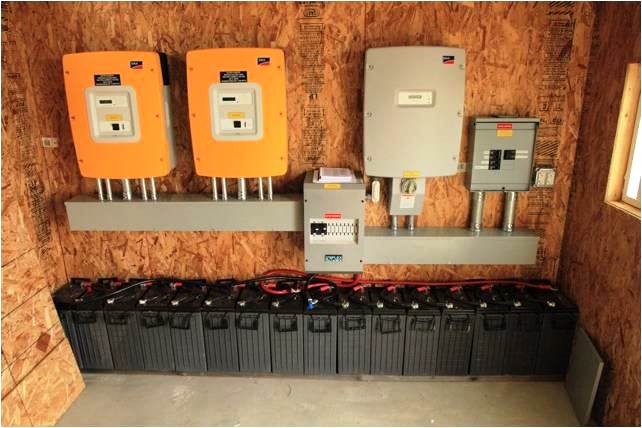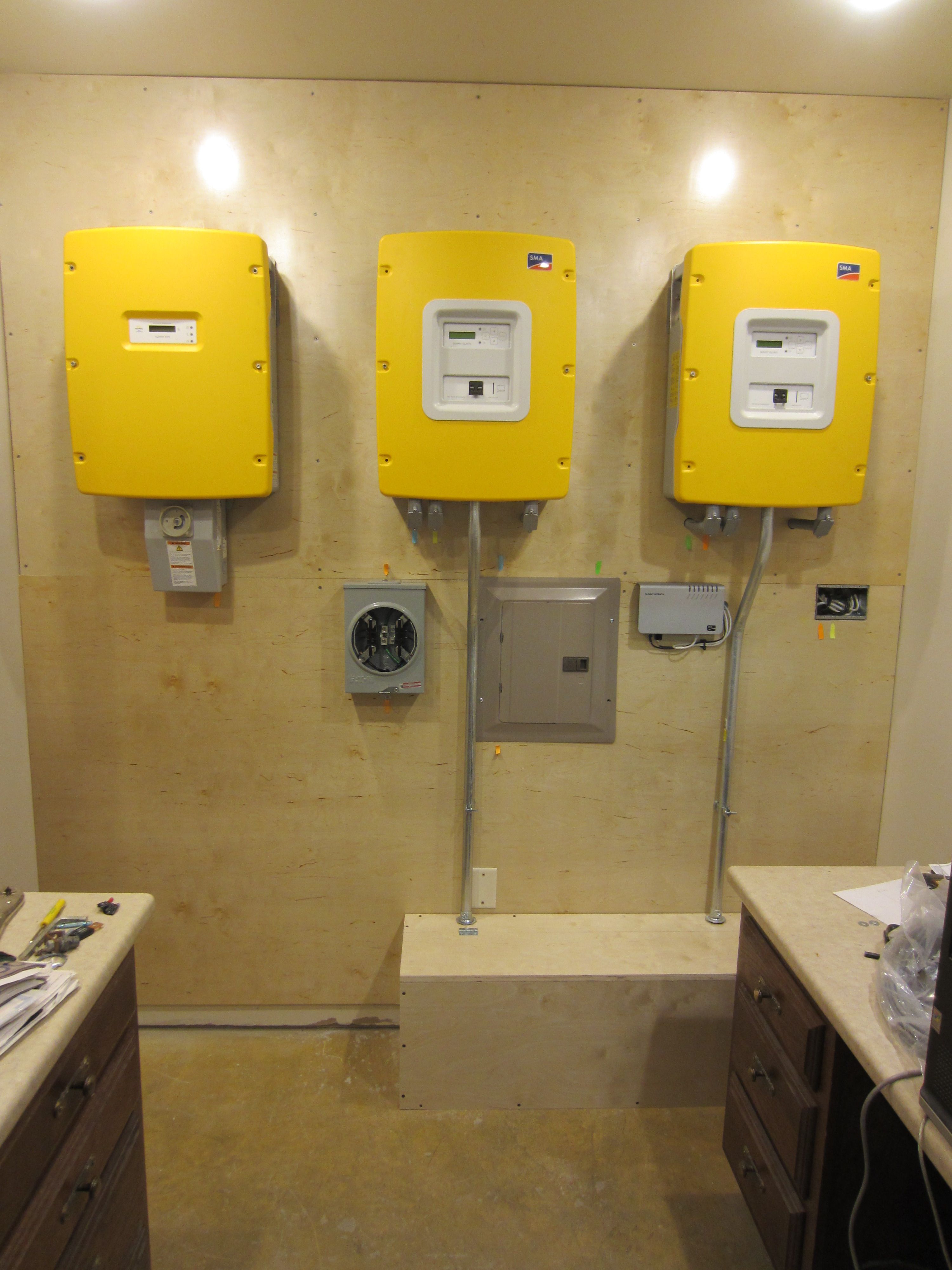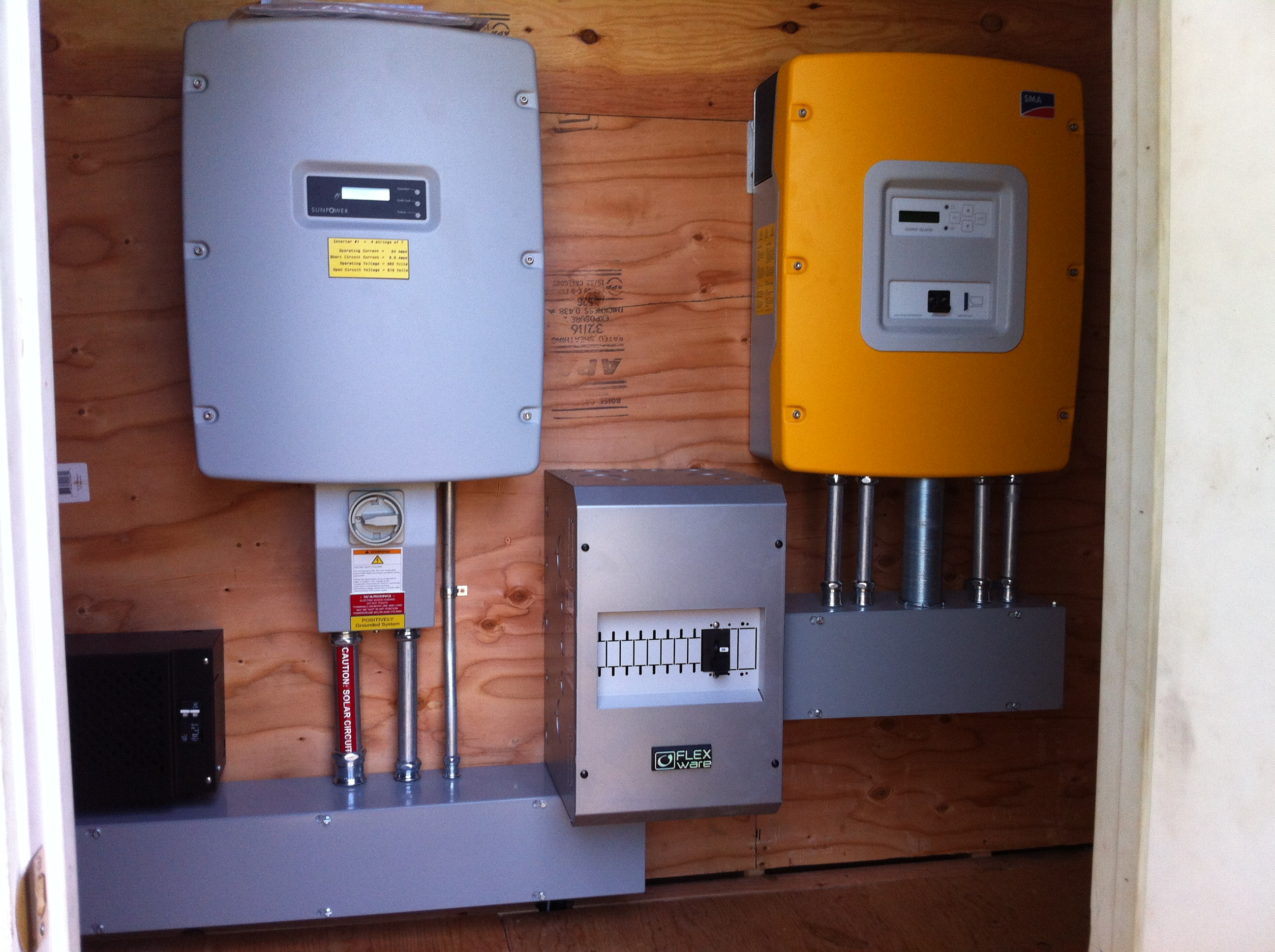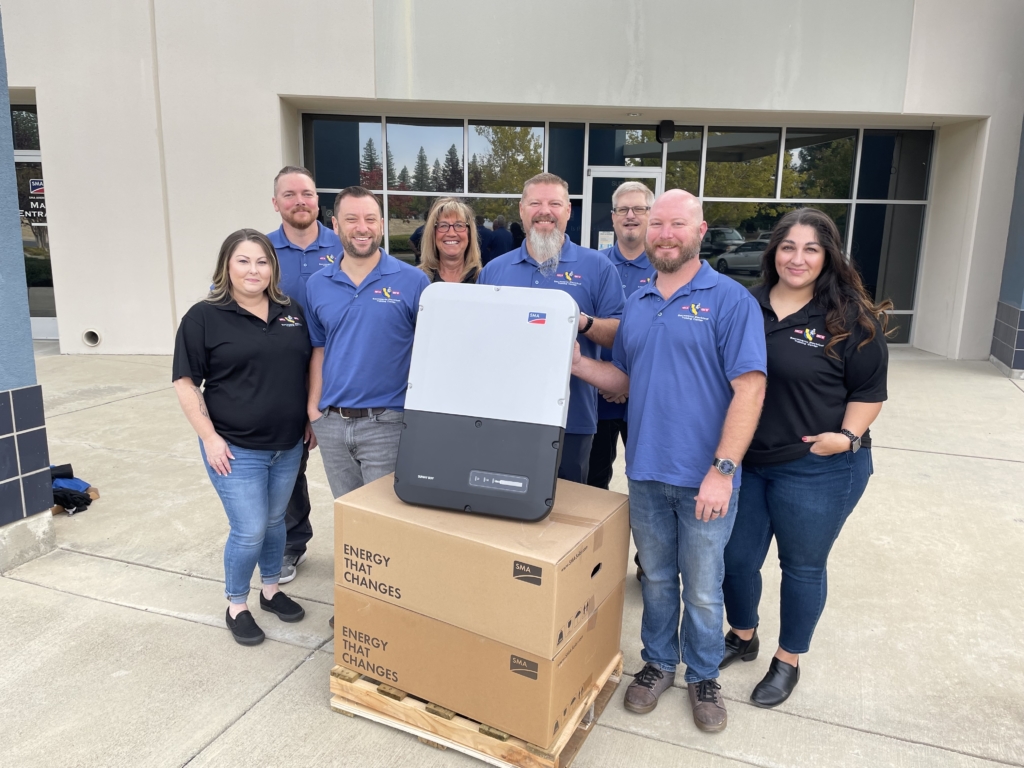Winter outages have your customer thinking battery backup?

As another season of powerful winter storms takes its toll on the East Coast, many installers will be greeted at the door with questions of modifying their system, battery costs and the vast capabilities.
Battery backup and storage is the holy grail of renewable energy. For years people have been hard at work trying to integrate batteries into renewable energy sources at the lowest possible cost. As an installer meeting with potential customers, how do you know what to ask while setting proper expectations for costs versus performance?
More than just a Sunny Island
It’s critical to get an understanding of a customer’s backup power requirements and good communication goes a long way at this early stage in system design. Just because a Sunny Island 6048-US, Smartformer, Sunny Boy 4000TL-US and a 300Ah battery bank will run standard appliances for one customer doesn’t mean it will last more than a few hours for another.
To some people, a standard appliance is a 2.5 HP well pump and to others it’s as simple as a microwave and coffee maker. The vast differences between demands will change a lot in system design, and for some, help draw a line between what is needed during an extended outage and what is a luxury.
Just like DIY solar kits, a standardized kit for a battery backup system could ease design, sales and installation concerns. Unfortunately, offering these kits to customers comes with certain risks and creates a need for very clear communication and education with each customer. Here are some things to consider when meeting with customers:
Bridging time
Backup systems are designed to sustain loads for a variable amount of time. This variation depends on how many energy sources are connected to the Sunny Island: Sunny Boys and PV, the grid during up-time, generator, etc. Does the customer have the room and budget for these sources? If not, then that will significantly alter the amount of down-time they can enjoy before their batteries run out or load shedding begins.
Battery demands
A properly sized system starts with the loads that will be run when the grid is down. It doesn’t matter how many square feet the house has, how much PV is on the roof or how big a customer’s generator is. It’s an absolute must to have a load calculation spreadsheet after talking with a customer; so much so, SMA can’t assist in system design and application questions without it.
The combined power (in watts) of all the loads (plus peak current draw) will decide how much battery inverter capacity the system will need. For example, if the customer has a continuous demand of 5,300W, then the Sunny Island 4548-US might be too small unless the PV system can supplement most (or all) of the demand or the generator runs a lot. If the designer calculates a 7,500W PV system but the roof can only hold 5,400W, the extra power has to come from somewhere, like the batteries; this will greatly affect bridging time, among other things.
The combined watt hours (converted to amp hours) will determine how big the battery bank needs to be. Watt hours represent the load power multiplied by the number of hours a day it will be running.
Customer education
This time and consideration given to designing a well thought-out system, with proper load calculations and an honest assessment of the customer’s demand expectations from that system when the grid fails, will be noticeable after the first outage. Properly educating customers on the basics of battery consumption and recharge capabilities will not only ensure a happy customer but a customer that is significantly more likely to recommend a similar system to a neighbor after the next winter storm.






I love the SMA approach to grid tie with battery backup. A few things that would make that better IMO would be a version of the Sunny Island that could provide 220V with one unit. Also ability to charge and use Li-Ion batteries directly.